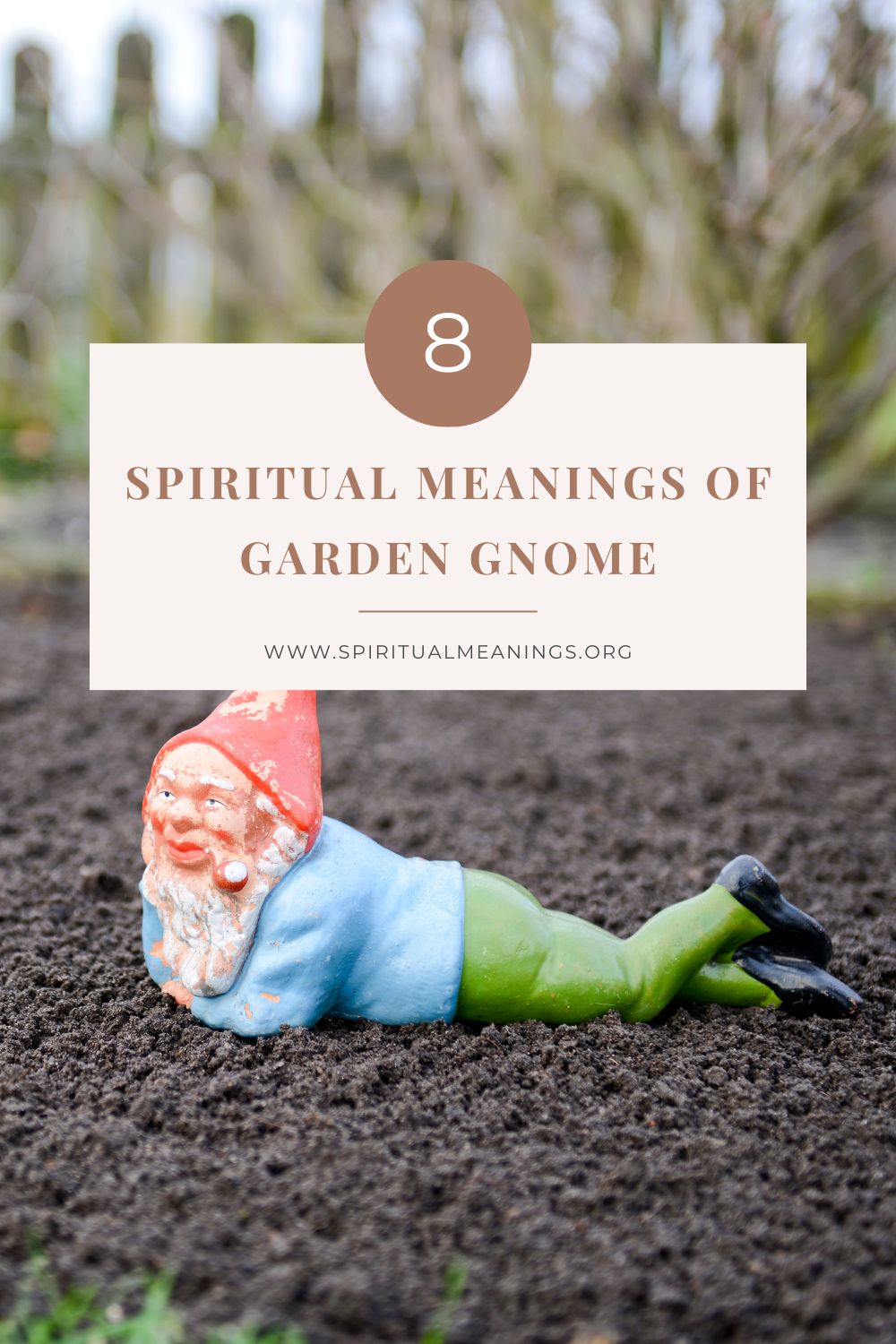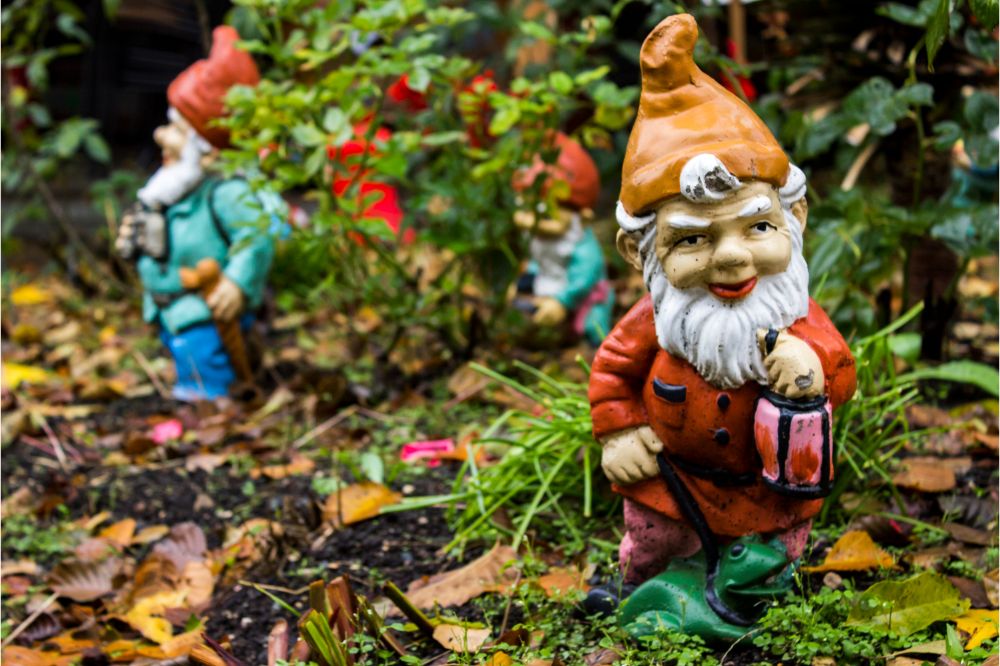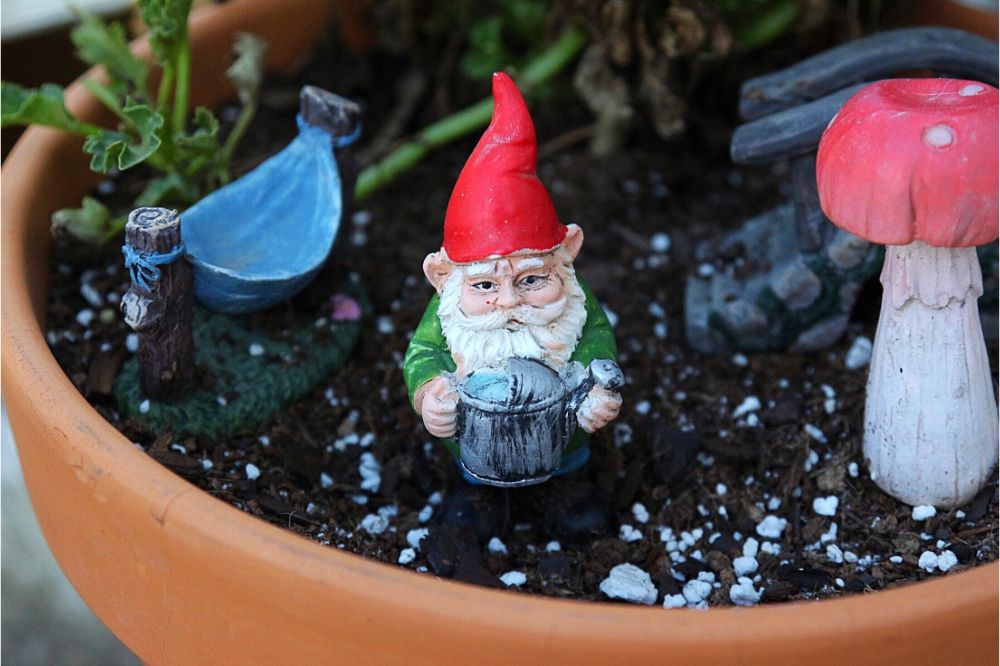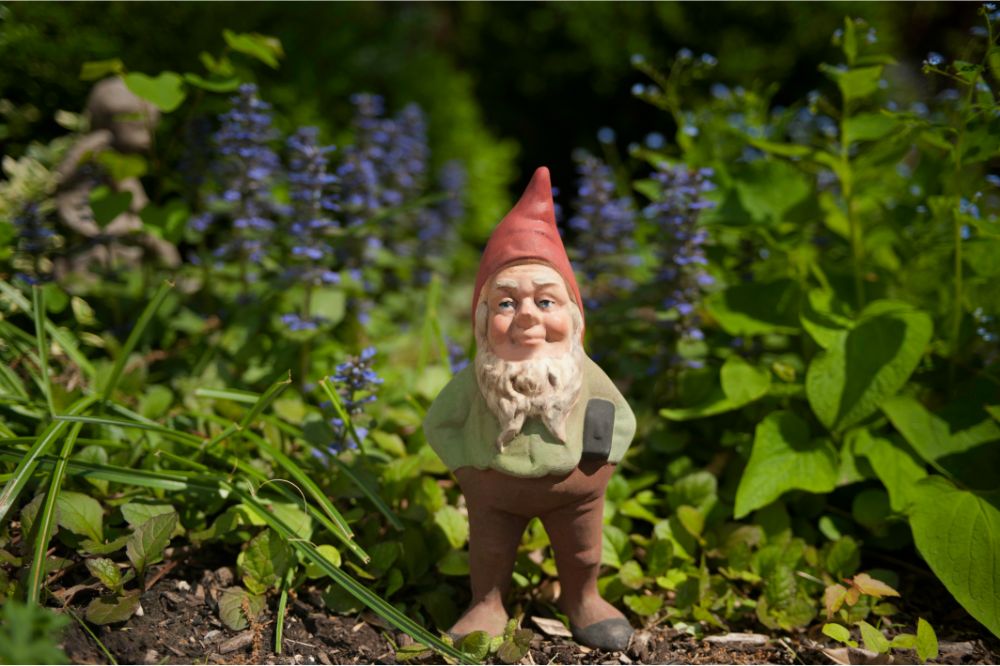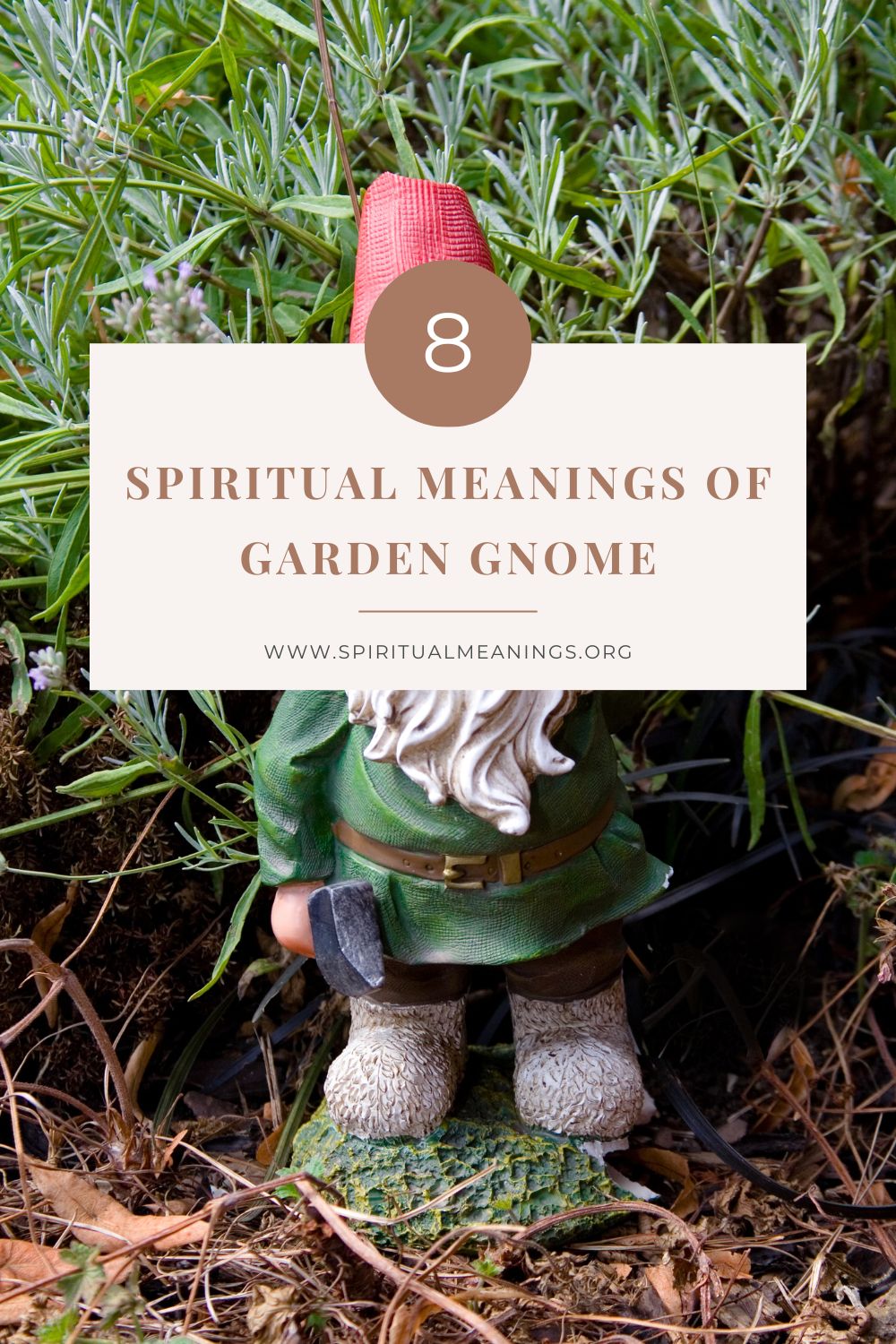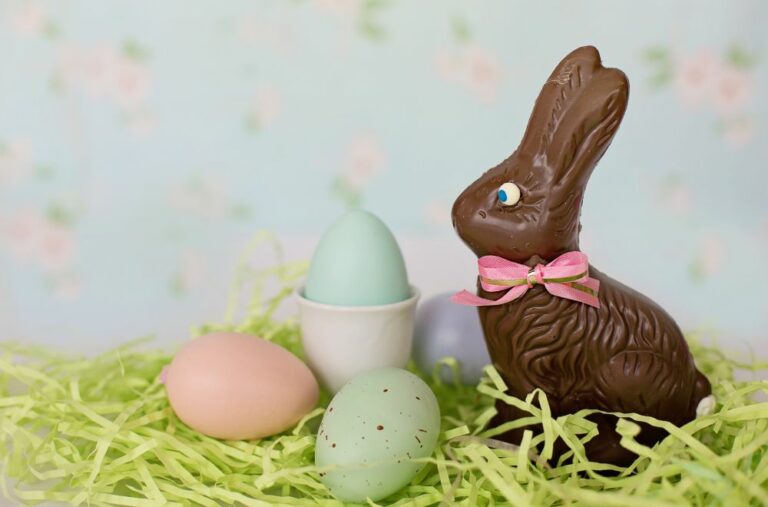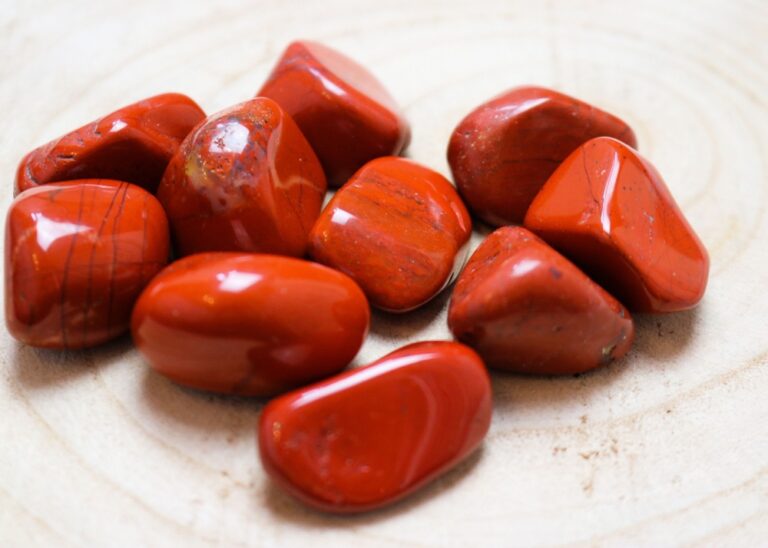Everyone knows what a garden gnome looks like – a usually jovial little man, or less commonly a woman, often with a long white beard and the obligatory pointed red hat.
But what do they mean? And why do people place them in their gardens? To give you all the answers, in this post, we ask the question, what are the spiritual meanings of garden gnome?
Spiritual meanings of garden gnome – A little history
Before we look at what gnomes might represent to the people who choose to display them, we need to look at the history of gnomes. Where do they come from? What are they based on? And what caused the fashion for placing these cute and playful statues in gardens?
The modern garden gnome isn’t based on a particular character from the folklore of any one culture or country but rather represents a combination of several ideas dating back several centuries.
The first mention of gnomes is found in a 16th-century book entitled A Book on Nymphs, Sylphs, Pygmies, and Salamanders, and on the Other Spirits written by a Swiss alchemist named Paracelsus.
He believed that gnomes – or pygmies – were a type of elemental being that represented the earth. The others were nymphs, representing water, sylphs, representing air, and salamanders, representing fire.
Probably with some influence from the Germanic concept of the mythical dwarf, gnomes came to be thought of as diminutive old men, usually with beards, who preferred not to be seen by humans and who often guarded buried treasure or mines.
Later, starting in 19th-century Germany, statues of these characters became popular, and the original ones were made of clay and hand-painted.
Although the German industry died out after the two World Wars, mass-produced gnomes made of plastic later became popular.
After the 1930s Disney Movie Snow White and the Seven Dwarves, gnomes took on a distinctly “Disneyfied” appearance, and they have remained popular in this form to this day.
Spiritual Meanings of Garden Gnome
-
Protection
Since one of the folkloric origins of garden gnomes was as small magical creatures that helped protect gardens and fields from thieves and pests, to some people, placing a garden gnome outside could represent the desire for a nighttime guardian for their garden.
This could also be related to the notion that the gnomes of folklore were connected to guarding the ground or mines and any treasure that was buried there.
Although it’s doubtful that many people truly believe that the small figures will actually be able to do anything practical to protect a garden – like coming to life and fighting off intruders with tricks or magic – they represent a kind of superstitious wish to keep trespassers away.
At the same time, they can also represent a way to keep evil spirits and negative energy away. Although they are inanimate objects, some people may believe their presence wards off evil and keeps the garden safe from spiritual harm like other similar charms of protection.
-
Hope for a healthy and bountiful garden
Gnomes are connected with cheerful hard work, so placing them in your garden can express a wish for your garden to grow healthily, producing a bounty of flowers, fruit and vegetables.
Gnomes are believed to enjoy working, and they are supposed to come alive at night to tend to the garden, which is one of their favorite hobbies.
Again, very few people believe this happens in a literal sense, but they represent blessing the garden and manifesting a healthy garden through the owner’s strong desire for that to happen.
This is also why many traditional garden gnome figures feature gnomes carrying agricultural tools, pushing wheelbarrows or engaging in other similar activities.
-
Good luck
Some people who choose to place gnomes in their gardens might not believe in their power to protect the garden or to help it grow, but having these cute little characters hiding in various corners of the garden is still thought to bring good luck.
Again, this could be related to gnomes’ association with guarding buried gold or gems – as well as the fact that back when more people believed in mystical spirits living in gardens or the woods, they would leave gifts to appease them and solicit the good luck they brought.
One thing we can say is that by adding these cheerful characters to our gardens, it doubtlessly lightens the mood and attracts positive energy – and that’s something that can bring good luck, so perhaps it really works.
-
Create an aura of magic
If you place garden gnomes on your land, it can help create an aura of magic that doesn’t need you to believe in fairies and elves to feel it.
When you have diminutive gnomes poking out from under bushes and behind walls, at certain times of day – like when the sun is going down – there’s no doubt it lends an air of mystery to the garden.
This can then help increase your spiritual sensitivity so that you become more attuned to the spirit world and the messages you might receive from it.
You don’t need to believe the gnomes themselves are magical, but they can help you relax and reach a more receptive spiritual state of mind, in which case, they serve their purpose.
For others, they may be purely decorative – but they are still placed there to create this same kind of mystical spiritual atmosphere, which can be enjoyed even by people who don’t truly believe it’s real.
-
Longevity and continuity
Despite their reduced stature, folkloric gnomes were believed to live for an incredibly long time, perhaps up to around 400 years. For this reason, the garden variety can also represent longevity.
Compared to long-lived things like trees, our human lives are short. However, if we position a gnome in our garden in a place where he won’t be disturbed, he could remain there long after we’ve gone.
What’s more, he will continue to keep a watchful eye over the garden, ensuring it stays healthy even when you are no longer there to tend to it.
Once again, nobody is saying that the gnome does this in any literal sense. But then again, who knows what influence the magical presence of a garden gnome might have when nobody is there to watch him?
-
Guardians of nature
One of the main tasks of gnomes is to serve as the guardians of nature, and placing garden gnomes in a garden can represent a desire to maintain the natural balance of things.
Nature exists in equilibrium, but if the equilibrium is lost, the whole system will fall apart. Some people see nature as a spirit being that watches over the balance of all things, so that the grass grows, the insects pollinate the flowers and all the animals have enough food to eat.
Gnomes, then, can be seen as nature’s helpers, and placing them in a garden expresses a wish to help nature in its work.
The gnomes aren’t thought to do this in any real physical way, but their presence can be a way of telling nature that you want to help in any way you can.
-
Playfulness – and mischief
With their jovial attitude and their jolly red hats, gnomes seem to represent playfulness, and when they are placed in a garden, they remind us not to take things too seriously.
They can be seen as a kind of joke by the owner of the garden, adding a touch of fun and childish naivety to the landscape. This can then make us smile, especially when we catch sight of a gnome somewhere we weren’t expecting to see it.
Alternatively, seeing them in poses of leisure enjoying themselves in the garden can also remind us to take time out to have fun.
At the same time, gnomes can be mischievous, and the spirits they are based on had mischievous senses of humor – so this can also remind us of the fun we can have by playing jokes on each other, as long as no malice is intended.
-
Anti-communist resistance in Poland
In 1980s Poland, gnomes represented something completely different to everything we have mentioned so far – since they were adopted as one of the symbols of the anti-communist Orange Alternative movement.
The idea of Orange Alternative was to practice peaceful resistance by employing absurd elements, and one of the tactics used was painting gnomes on city walls.
As a result, it can be said that gnomes played a small but important role in the eventual fall of communism, and to commemorate this, a statue of a gnome now stands on Świdnicka Street in Wrocław where these events took place.
Garden gnomes mean many things to different people
In the end, garden gnomes can mean a range of different things to different people, and everyone is free to place garden gnomes in their gardens for whatever reason they please.
For some, they represent protection while to others, they represent a desire for a healthy and thriving garden. To yet others, they just seem cute, making us smile – and all of these are valid reasons for inviting a gnome to make his home in your garden.

